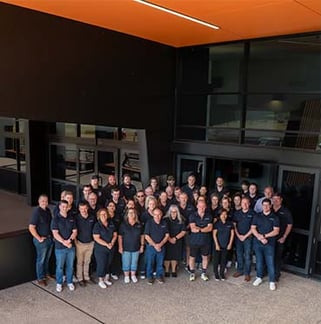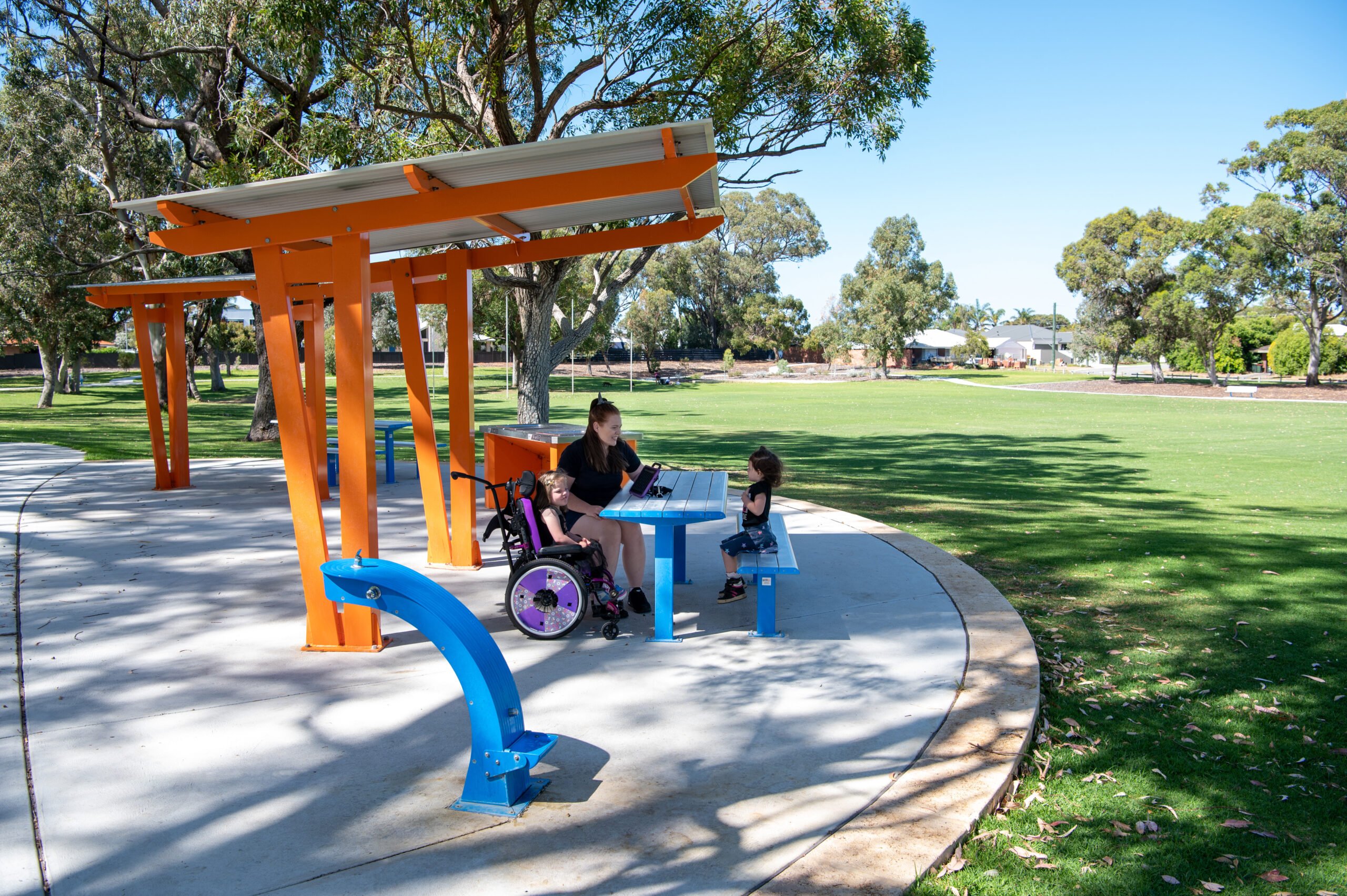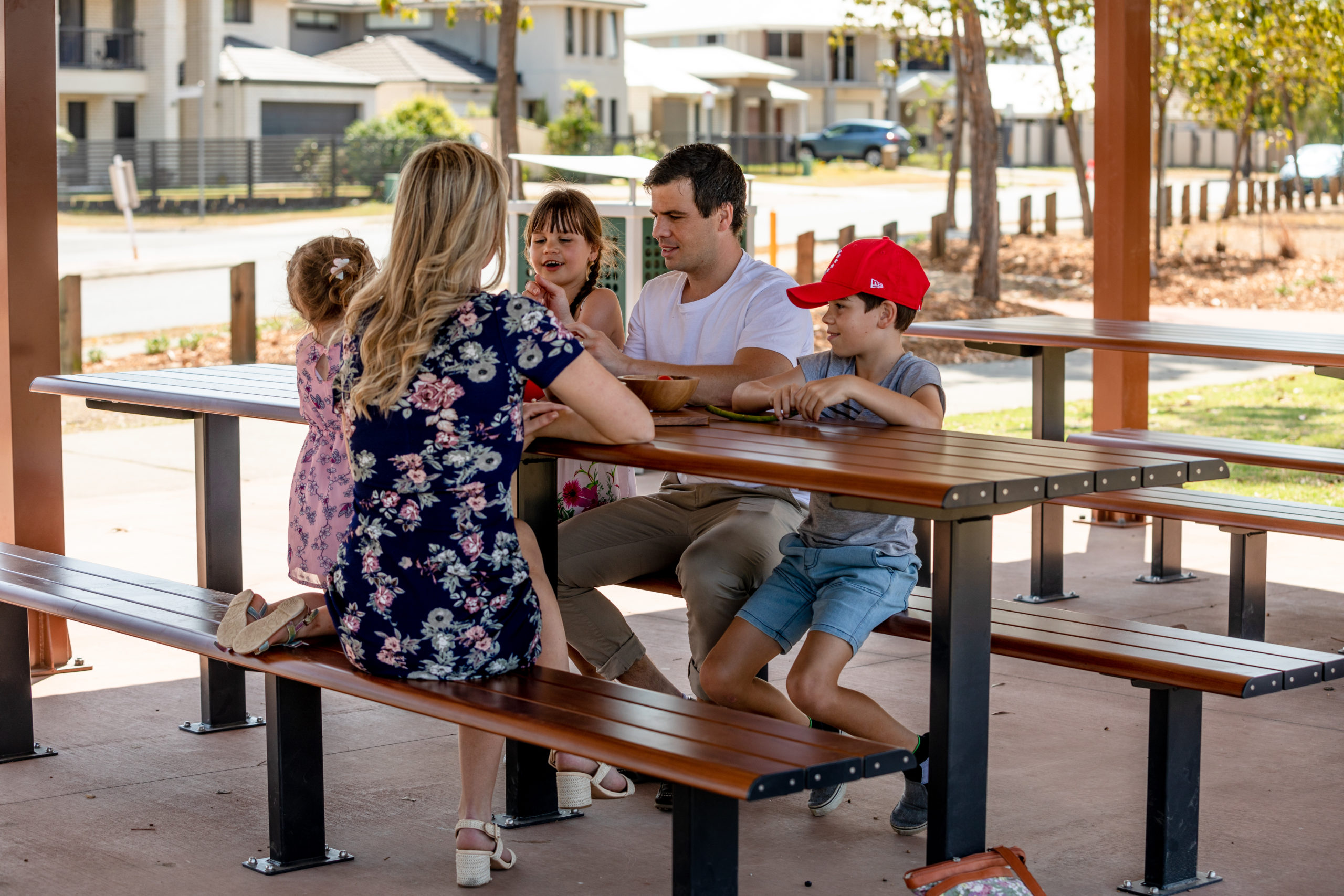May 9, 2022
In Australia, every site tells a story far older than our built environment. Beneath the concrete, steel, and glass lie thousands of years of history and knowledge.
Across the continent, Country-centred thinking and design are rapidly reshaping the built environment. Designers are increasingly recognising that meaningful design must begin with an understanding of Country, not as a backdrop, but as a living system of relationships, stories, and responsibilities. Embracing First Nations knowledge is more than a gesture of respect; it’s a path toward a more sustainable, ethical, and meaningful design.
First Nations knowledge systems are deeply place-based, informed by long-standing relationships between people, land, water, and sky. They are holistic and intergenerational, encompassing both the tangible and intangible. ‘Country’ in this sense is not simply the land, but a living entity that holds memory, spirit, and responsibility. Incorporating this worldview into design challenges the dominant mindset of extraction and control. It asks practitioners to listen first, to understand how a place breathes, moves, and sustains life before proposing interventions. Design viewed through this lens becomes an act of care rather than imposition.
First Nations knowledge systems are deeply place-based, informed by long-standing relationships between people, land, water, and sky. They are holistic and intergenerational, encompassing both the tangible and intangible.
While sustainability has become a guiding principle in contemporary design, First Nations knowledge systems extend far beyond reducing impact. They are inherently regenerative, based on reciprocity, balance, and long-term stewardship. Traditional building practices, for instance, evolved in response to local climates and materials: stone shelters that moderated desert heat, bark structures that breathed in humid environments, and seasonal mobility that prevented the overuse of resources. These approaches reflect a profound understanding of ecological cycles and resilience - insights that modern design continues to rediscover.
These approaches reflect a profound understanding of ecological cycles and resilience - insights that modern design continues to rediscover.
By drawing on First Nations perspectives, designers can shift from mitigating harm to fostering renewal. This is the heart of what many people describe as Designing with Country; an approach that invites practitioners to collaborate with the living systems of a place, and to engage with the deep knowledge of First Nations peoples. Knowledge that has sustained this continent for tens of thousands of years. It’s not simply about consultation or aesthetics; it’s about transforming the very foundations of how we design, plan, and build.
Design in Australia has long been shaped by colonial frameworks that separate people from Country and prioritise imported aesthetics over local knowledge. Decolonising design means recognising this legacy and working to dismantle it, not through token gestures, but through genuine and structural change. Co-design processes with Traditional Custodians are central to this shift, fostering authentic engagement that moves beyond outdated consultation paradigms, toward genuine collaboration. This requires humility, it means acknowledging that design expertise does not hold all the answers, and that learning from First Peoples can expand what we consider design intelligence. In practice, this involves asking, listening, and being willing to let Country lead the design process.
This requires humility, it means acknowledging that design expertise does not hold all the answers, and that learning from First Peoples can expand what we consider design intelligence. In practice, this involves asking, listening, and being willing to let Country lead the design process.
Across the industry, designers are finally realising the immense value that integrating cultural knowledge can add to design, from materials that echo local ecologies to spatial planning guided by ceremonial nuances. Each decision demonstrates that drawing upon First Nations knowledges does not constrain creativity, it expands the design vocabulary. These decisions also act as living archives, teaching new generations about the rich history embedded in the places they inhabit. Each contributing to a broader understanding and celebration of First Nations culture and its continuing presence. Ensuring that design doesn’t just respond to the land, but also the stories that define it.
To integrate First Nations knowledge ethically, designers must prioritise relationships over outcomes. This begins with engagement involving Traditional Custodians from the earliest stages of a project, not as an afterthought once designs are finalised. It also means ensuring cultural safety, fair recognition, and appropriate attribution and remuneration for First Nations collaborators. True collaboration is grounded in respect, transparency, and shared authorship, not the extraction of symbolic elements.
True collaboration is grounded in respect, transparency, and shared authorship, not the extraction of symbolic elements.
As we face the challenges of climate change, urbanisation, and ecological degradation, First Nations knowledges offer pathways towards resilience. Practices such as controlled burning, water management, and seasonal awareness embody adaptive design thinking at its most sophisticated. When translated thoughtfully into contemporary design, these principles can inspire more flexible, climate-responsive environments. They remind us that design must not only serve human needs but also support the health of Country itself.
Integrating First Nations knowledges into design is not about nostalgia or stylistic borrowing, it’s about realigning professional practice with the deeper logic of place. For Australian designers, this represents both a cultural responsibility and a creative opportunity. By designing with Country, by listening, learning, and collaborating, architects and designers can help shape a future that honours the rich history and culture of place, while responding to the planet’s most urgent needs. The result is a design that doesn’t just occupy the land but belongs to it.
About the Author
Nathan Brandrick
Nathan is a Gureng Gureng man and First Nations Lead at Kerstin Thompson Architects.
He has experience working within and leading Designing with Country processes across architecture and landscape design and a wealth of experience working directly with First Nations' communities in order to celebrate and educate people about their rich and resourceful history through the built environment.
Connect with Nathan on LinkedIn by clicking here.
About GX Outdoors
For over a decade, GX Outdoors has redefined street and park furniture in Australia. Locally-made, durable, and sustainable. We know good design doesn’t happen in isolation. We don’t claim to know everything – instead, we seek understanding through collaboration.
Working with industry experts like Nathan helps us deepen our awareness of how to design and work respectfully and ethically, particularly when engaging with First Nations communities.
We believe this exchange of knowledge – between our team, our collaborators, and our clients in councils and landscape architecture – helps create more thoughtful, connected public spaces and strengthens the impact of the places our products help shape.


.jpg?width=524&height=349&name=OT%2020251105%20Australian%20Landscape%20(2).jpg)




 Back to News
Back to News 


